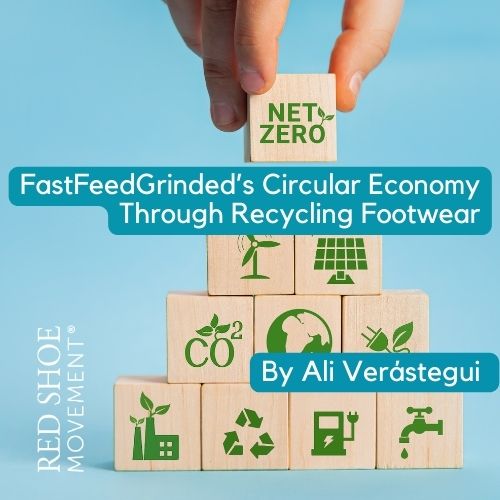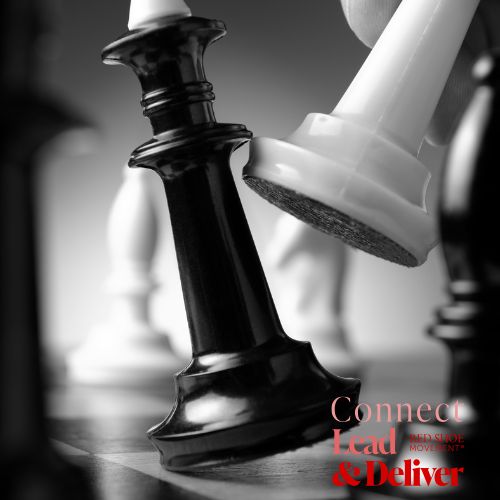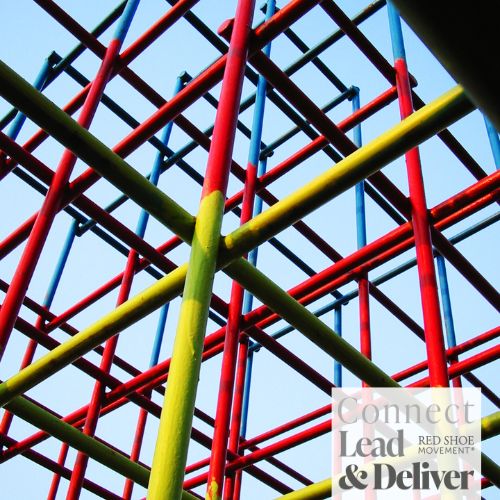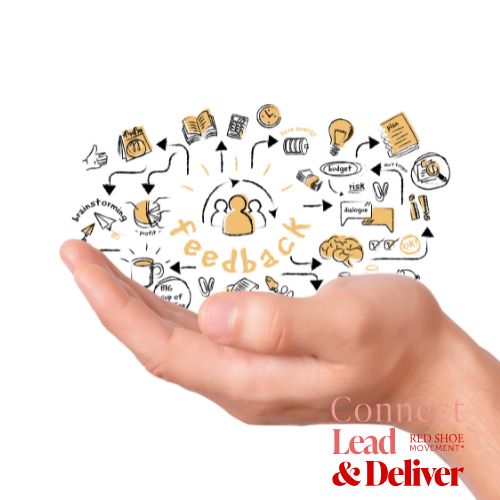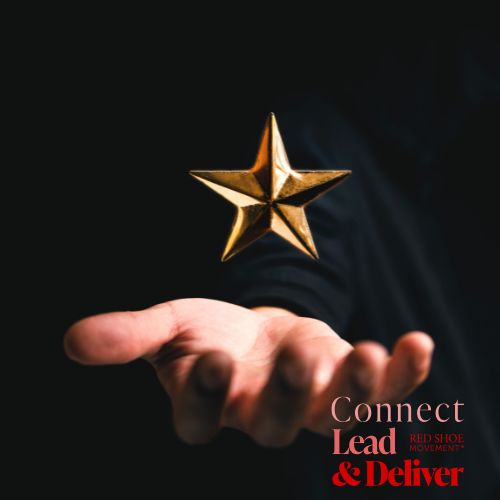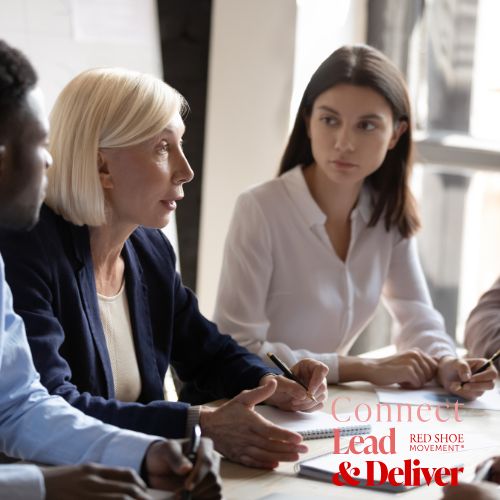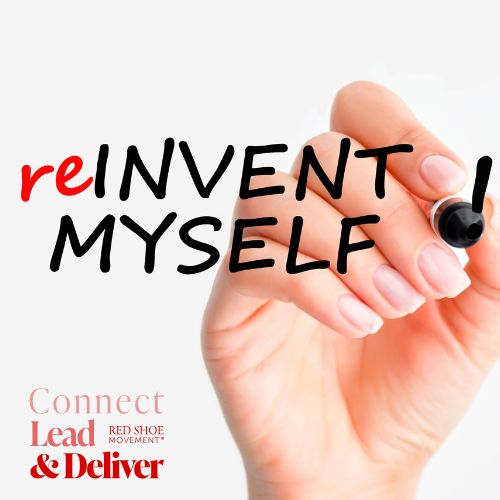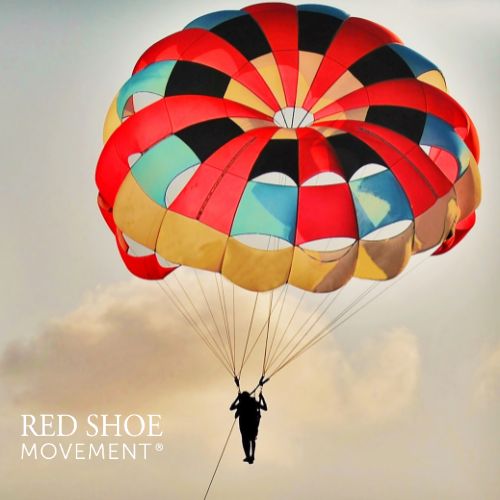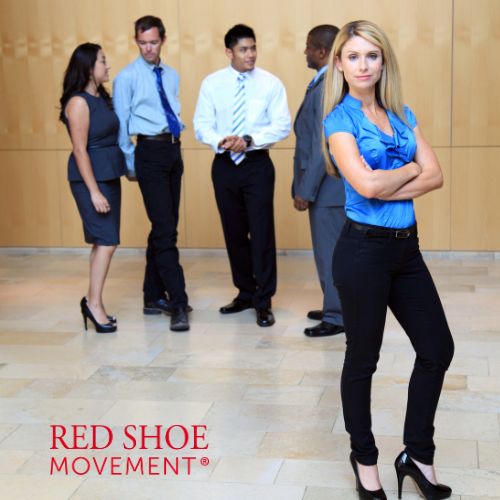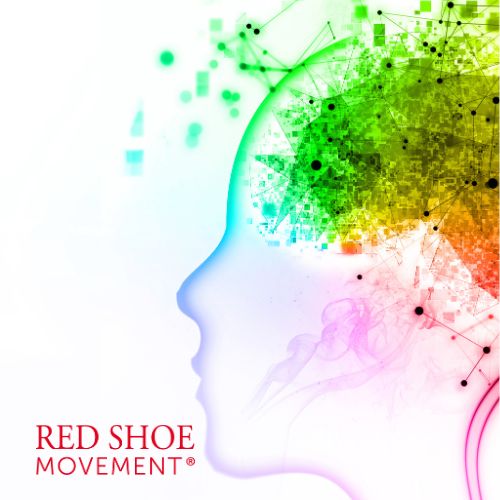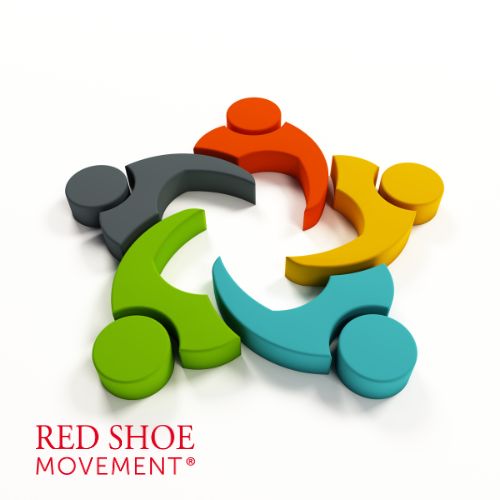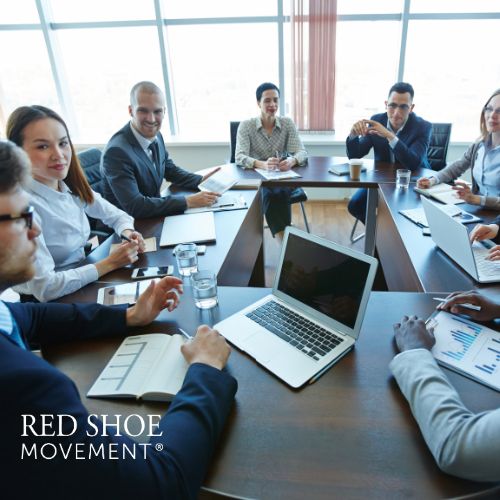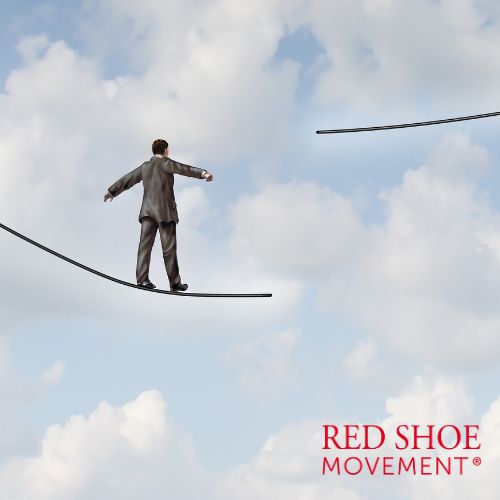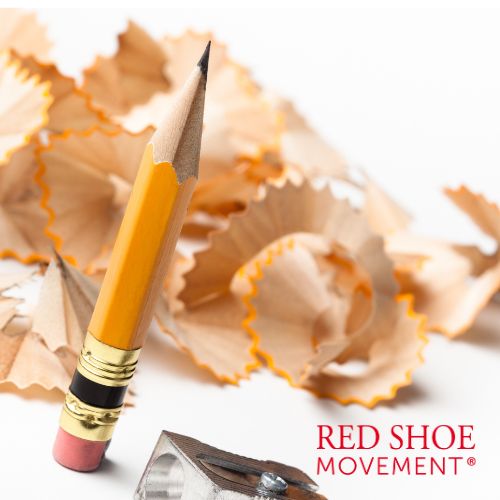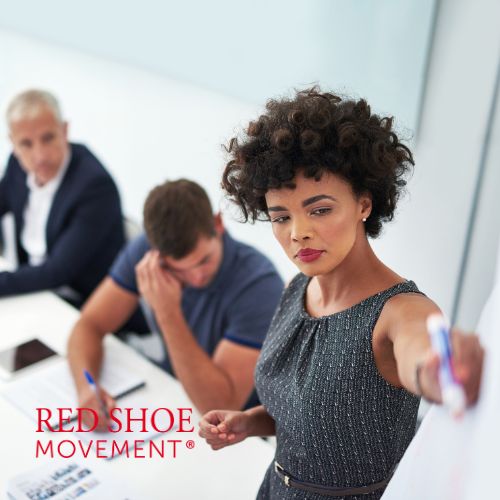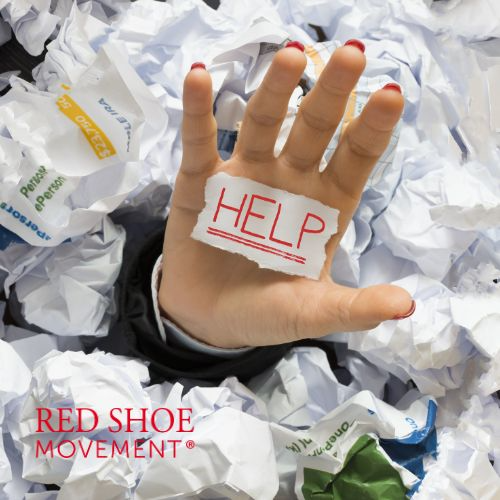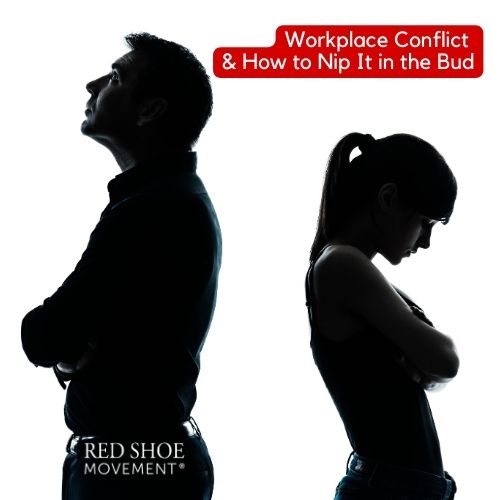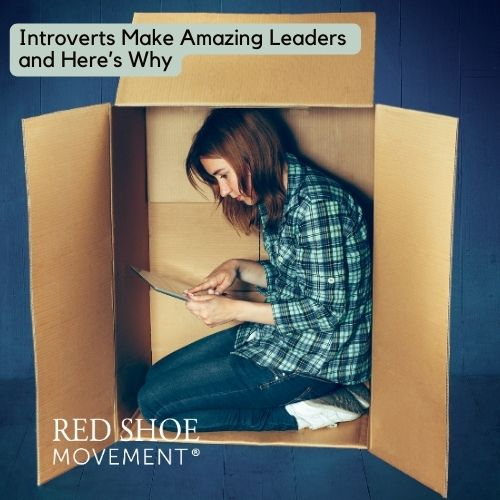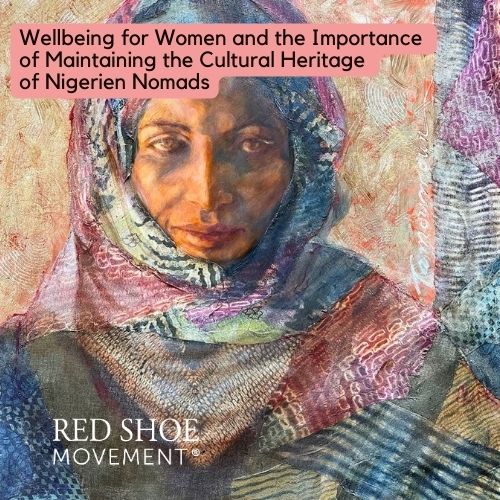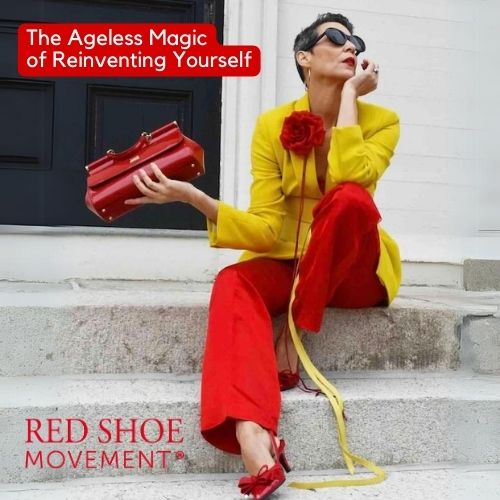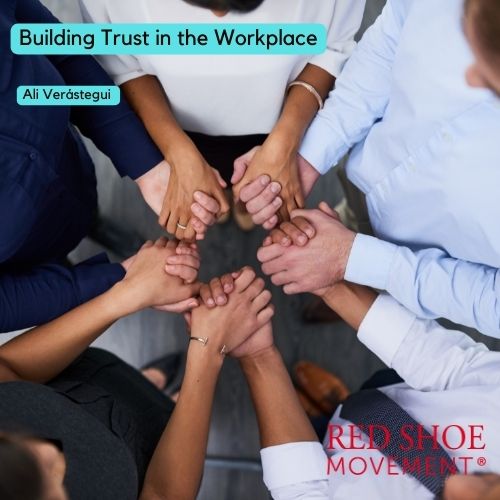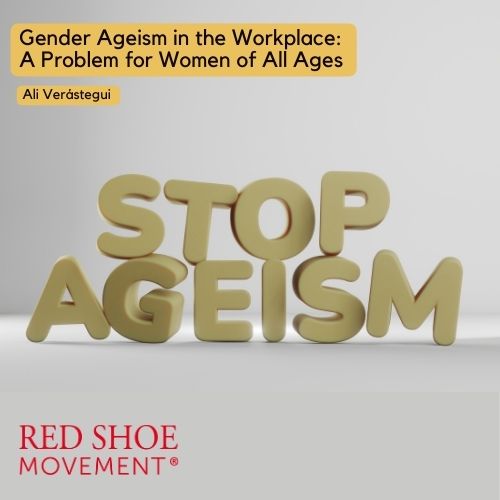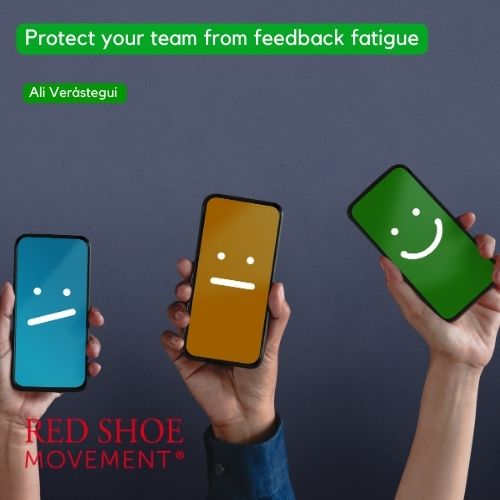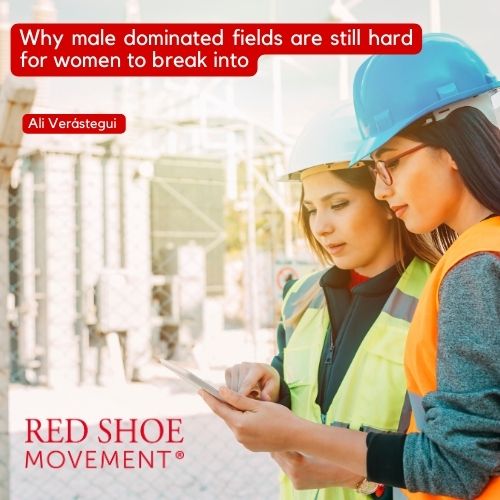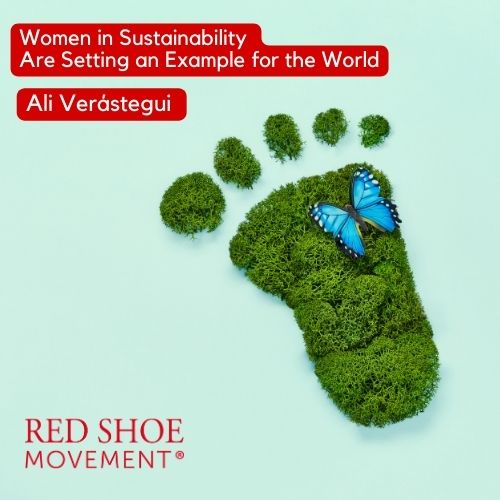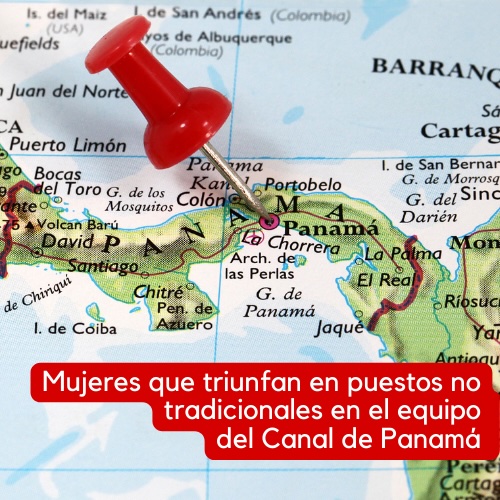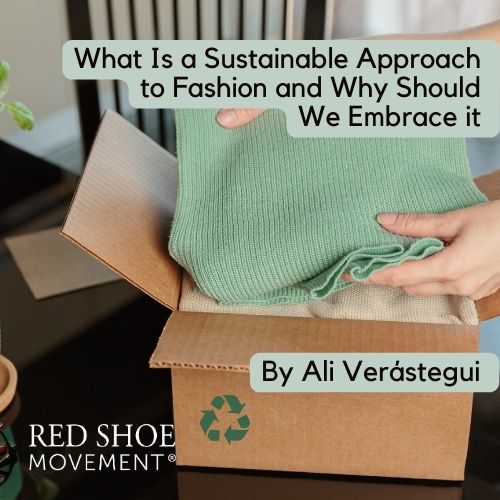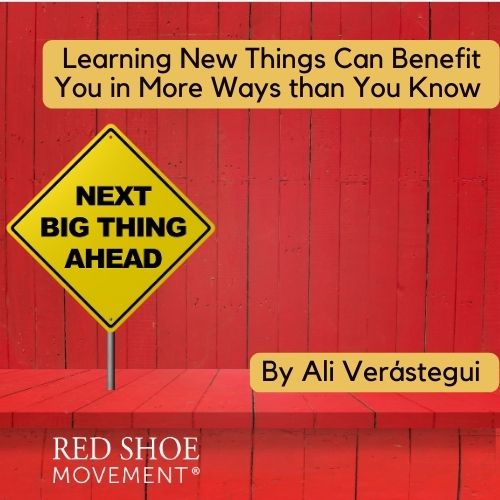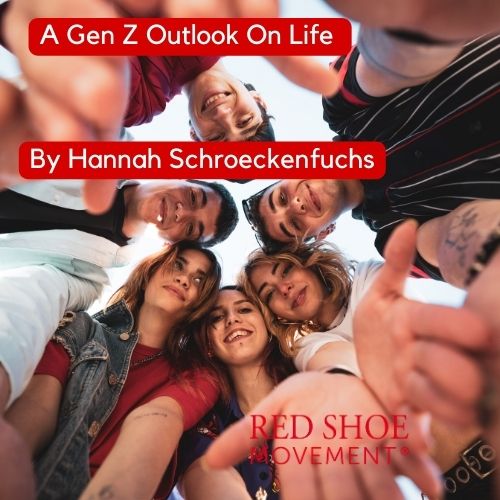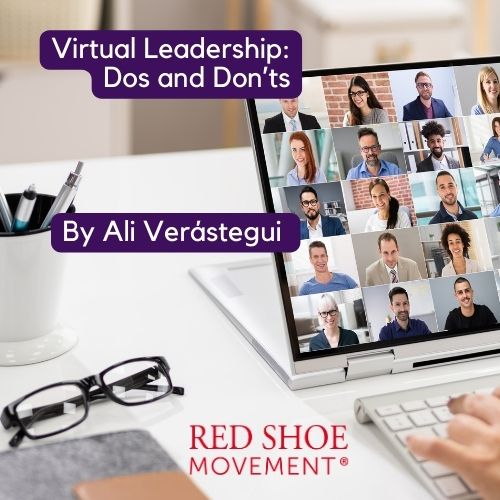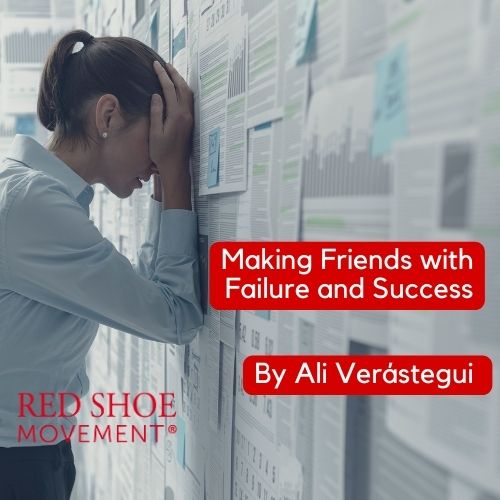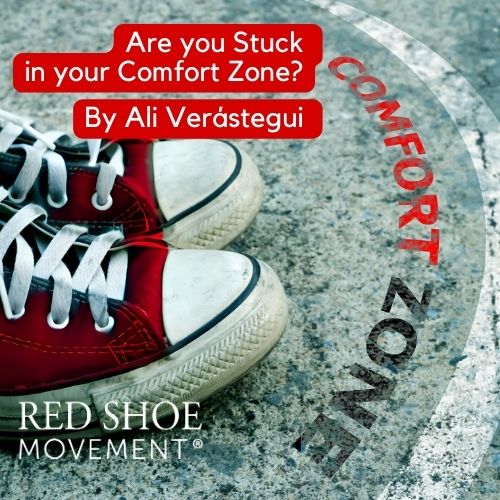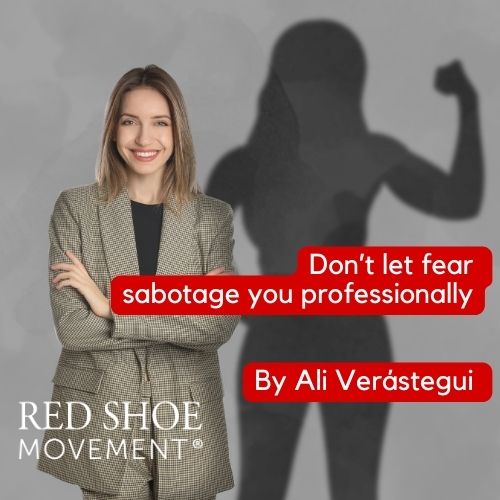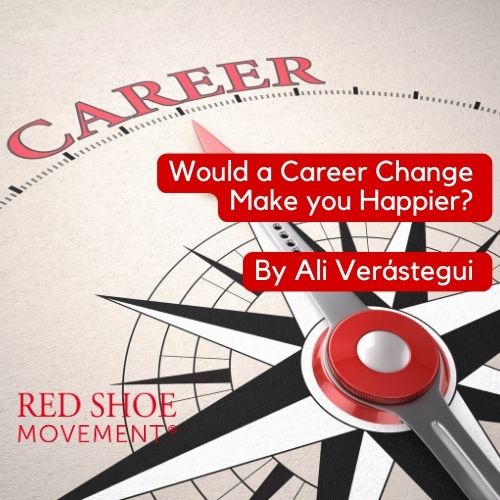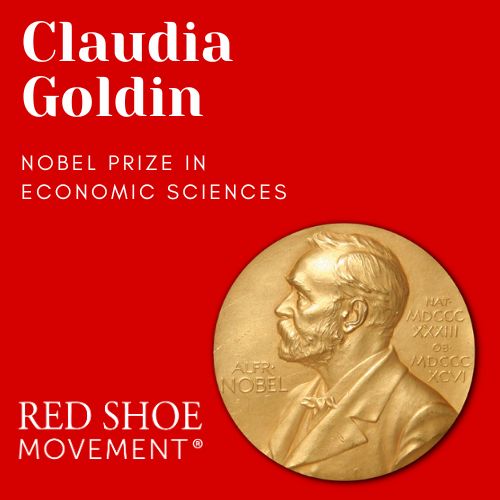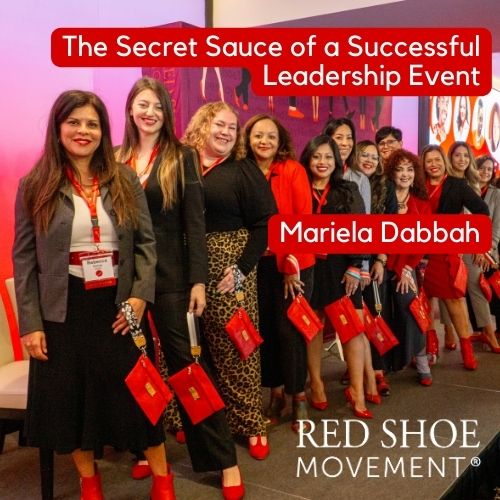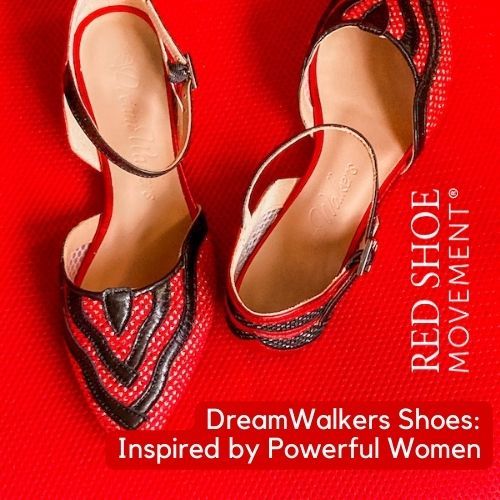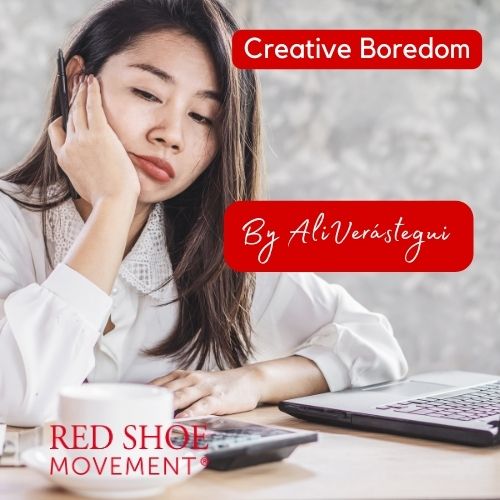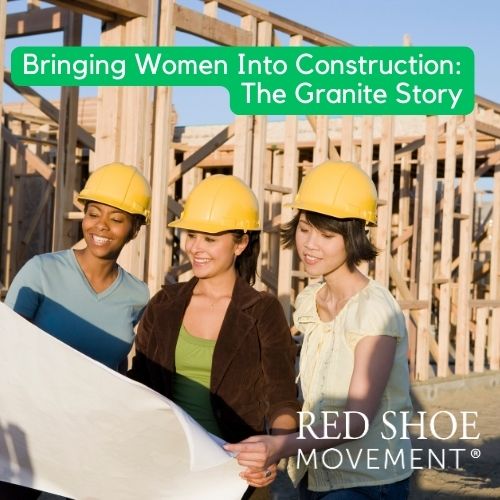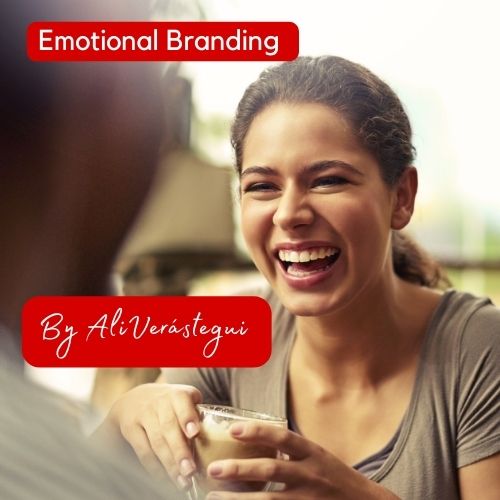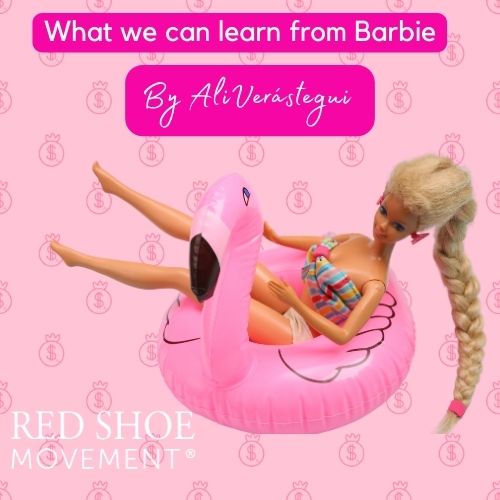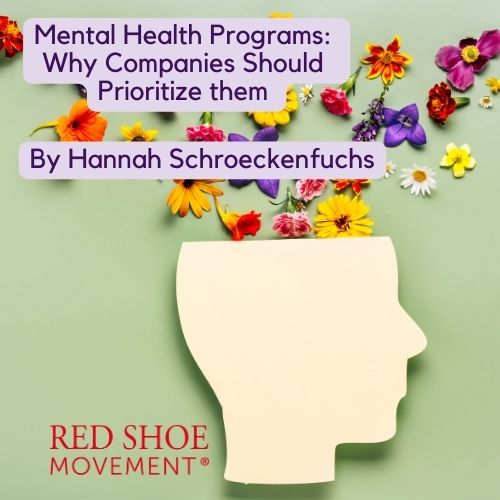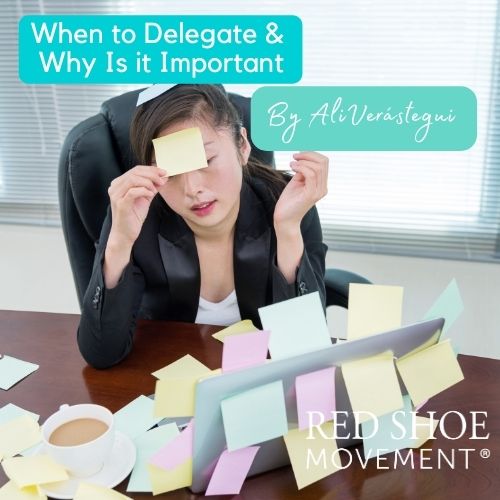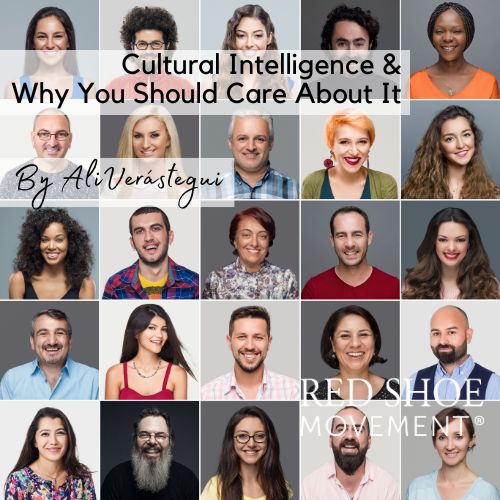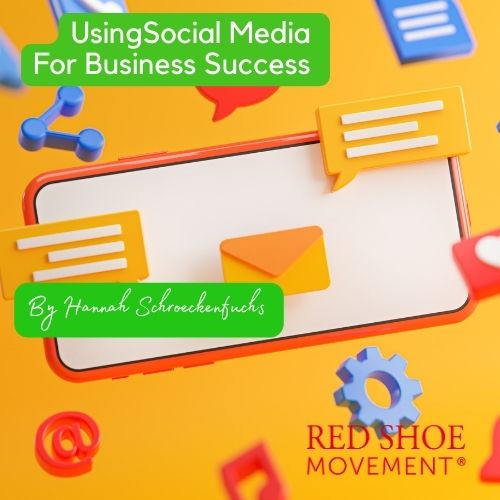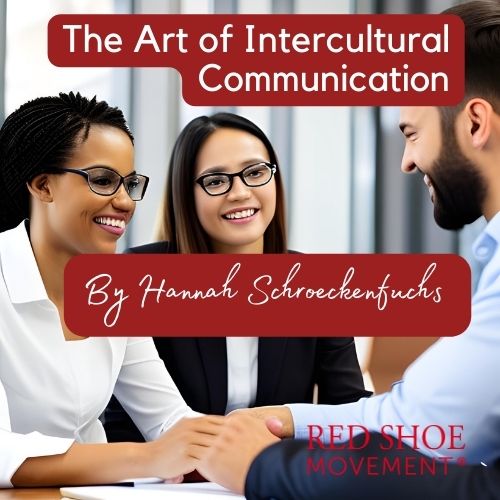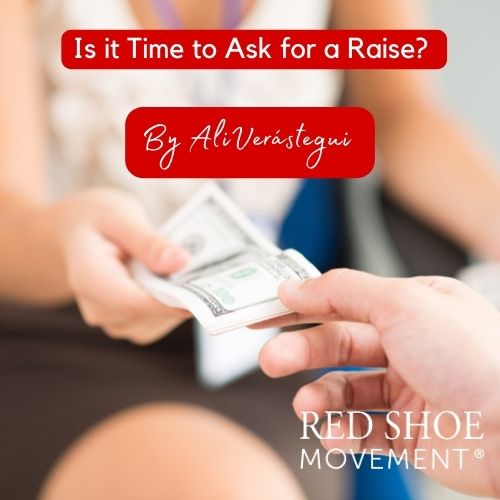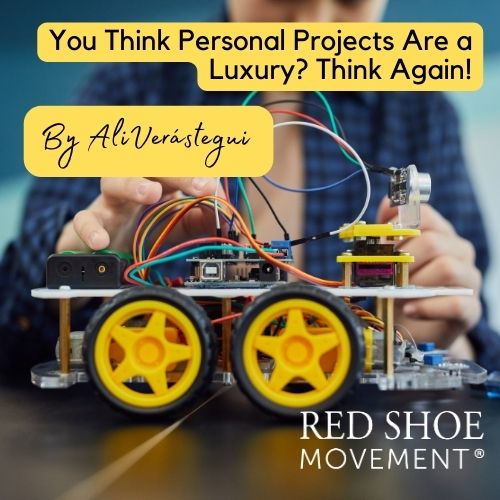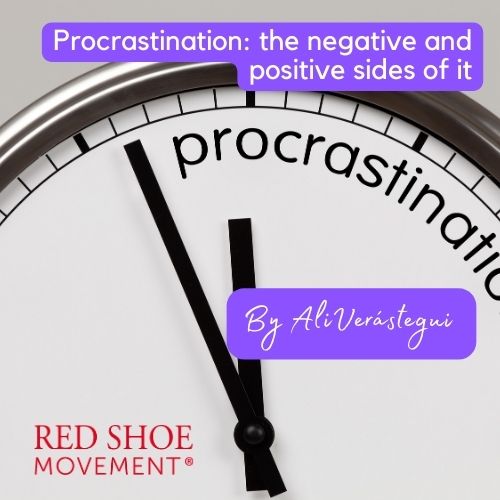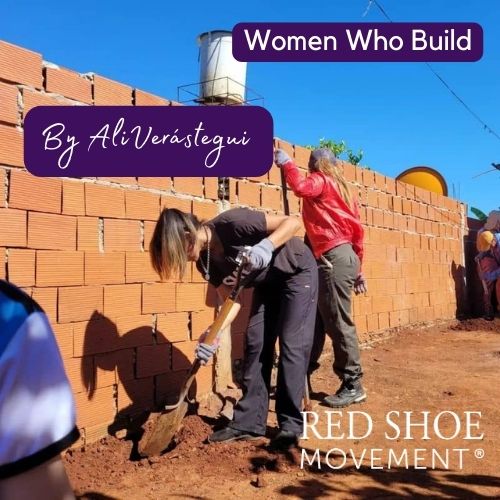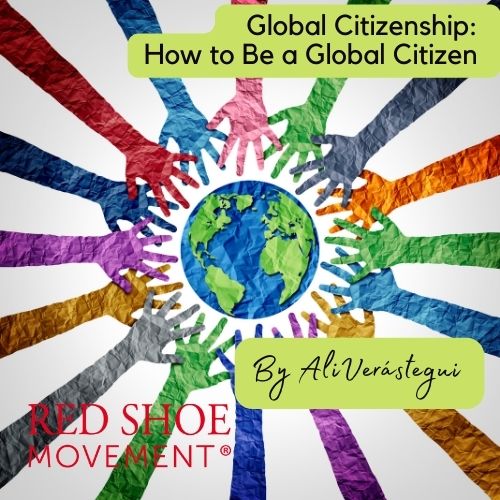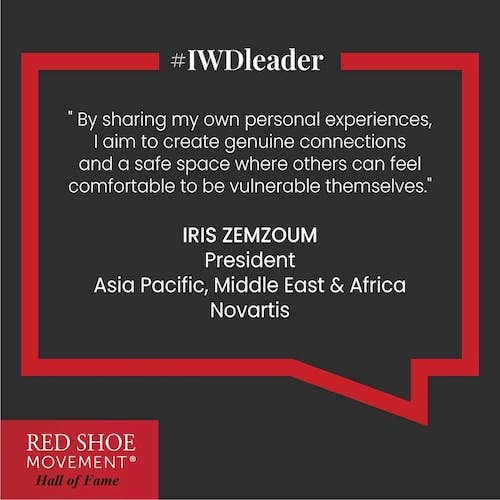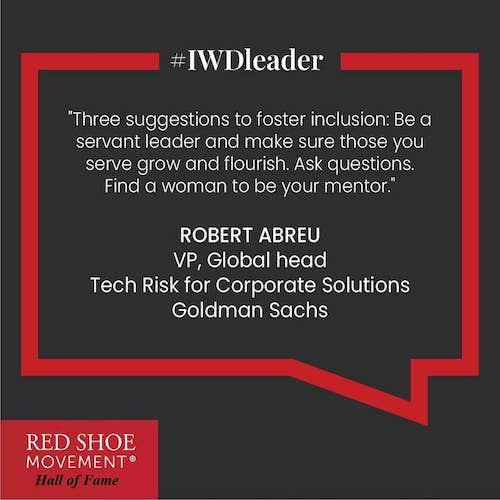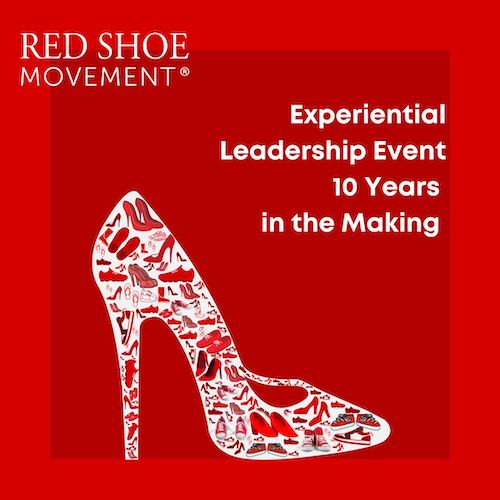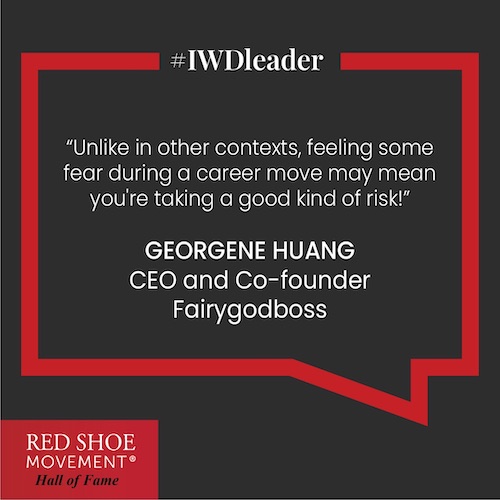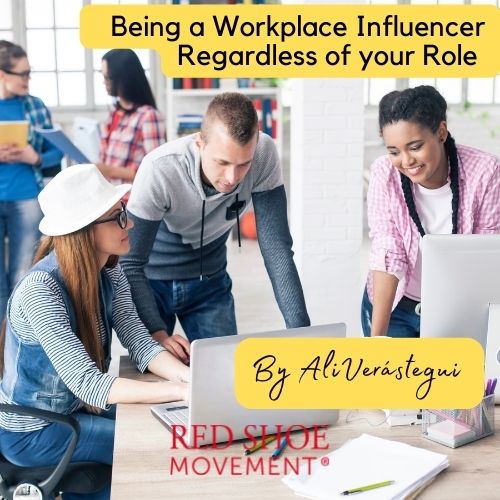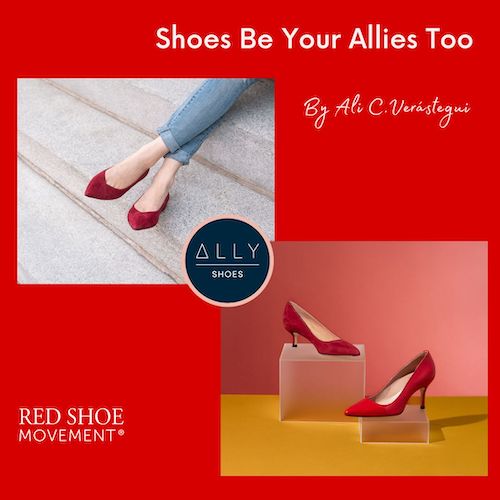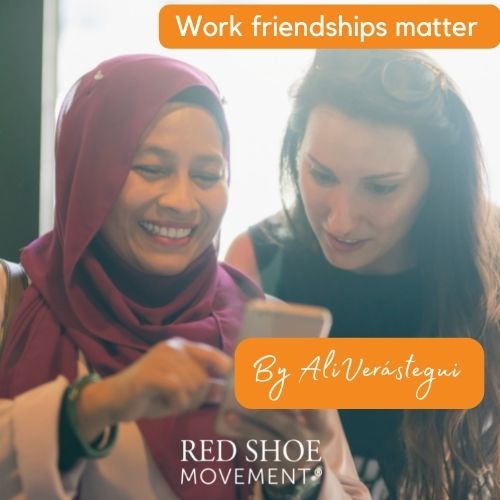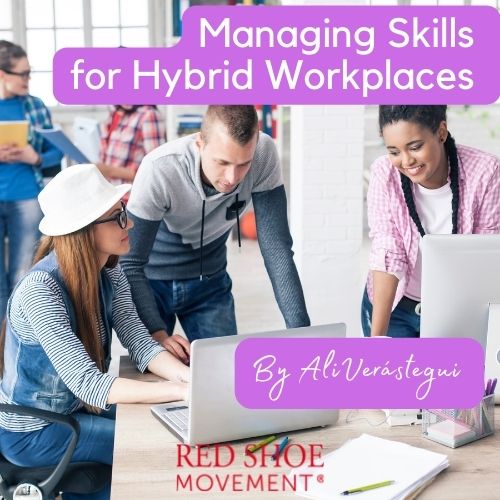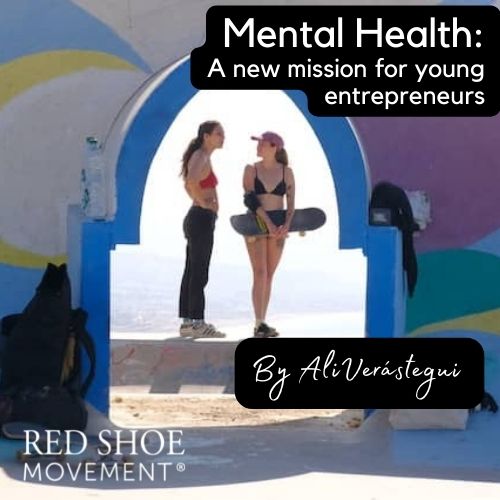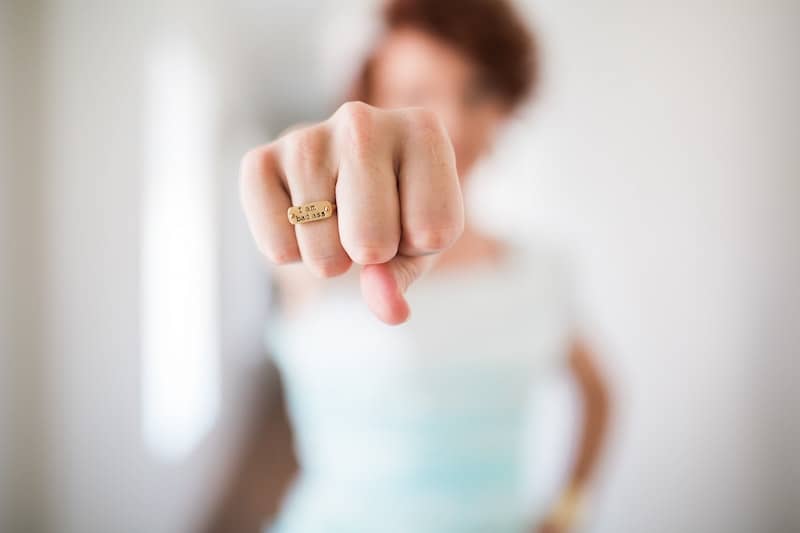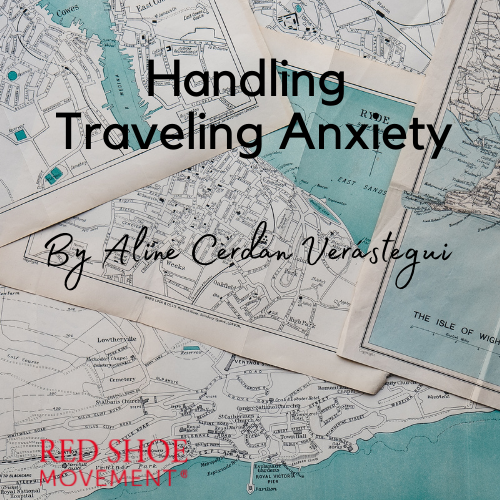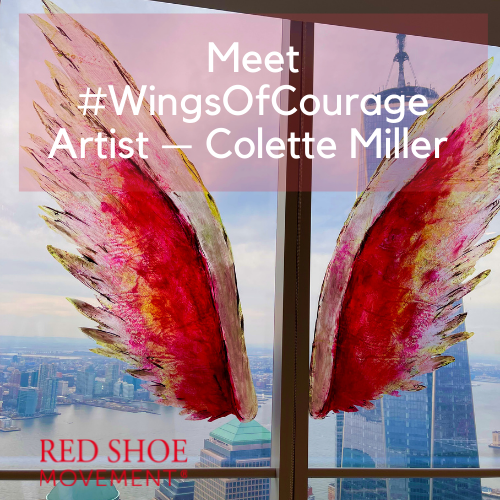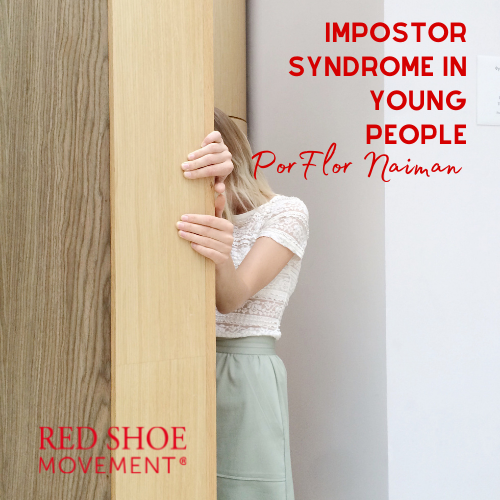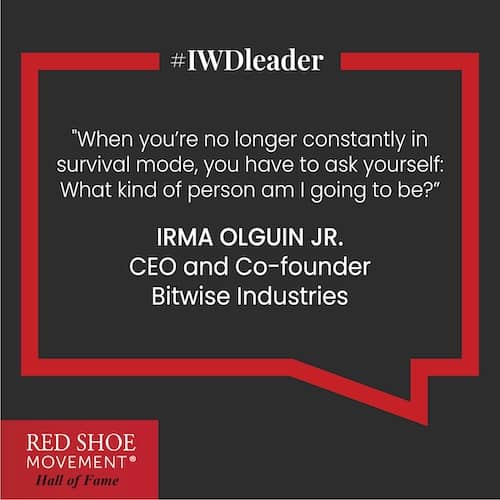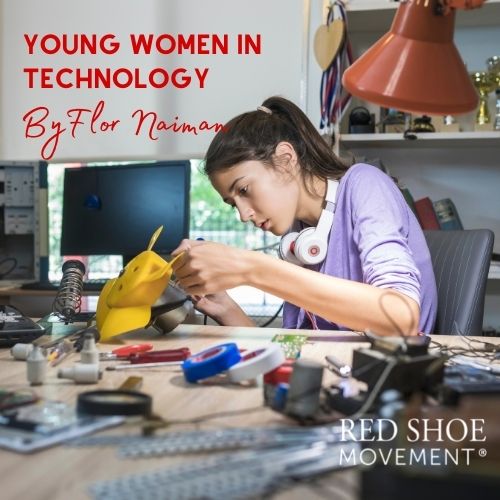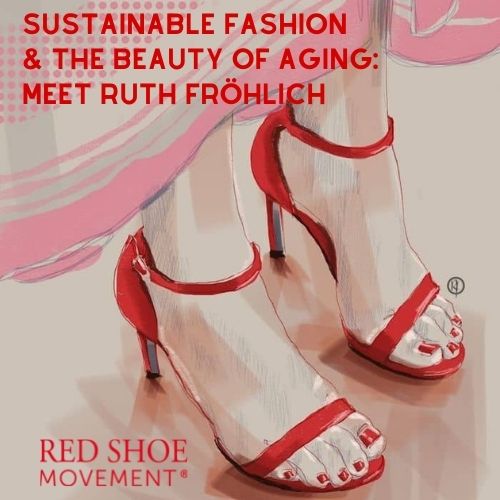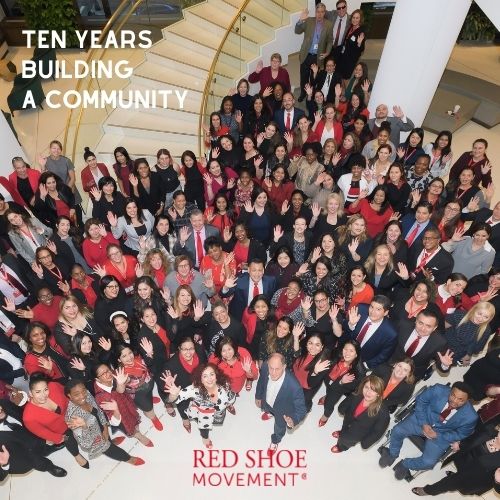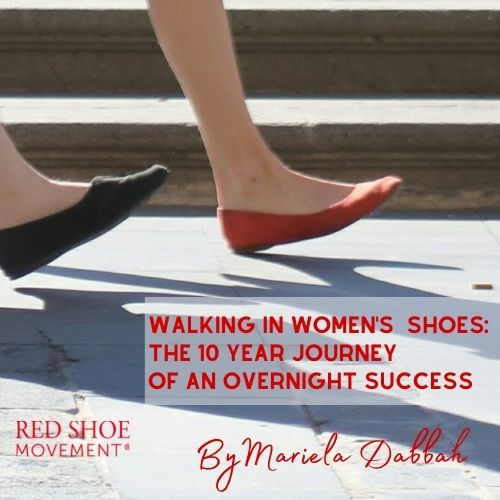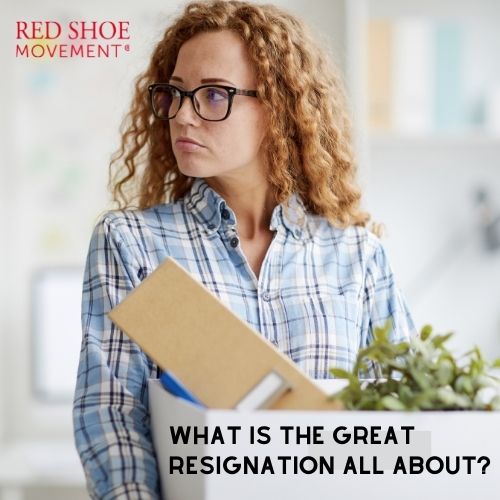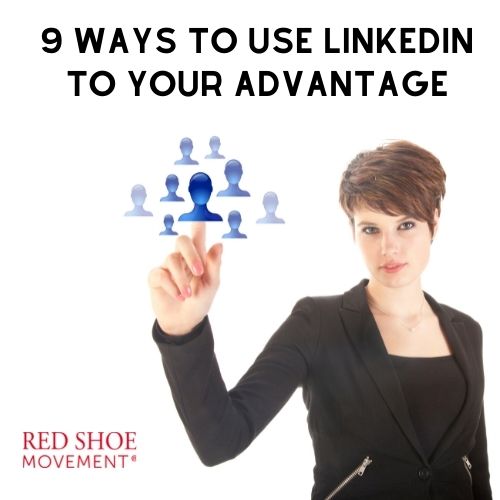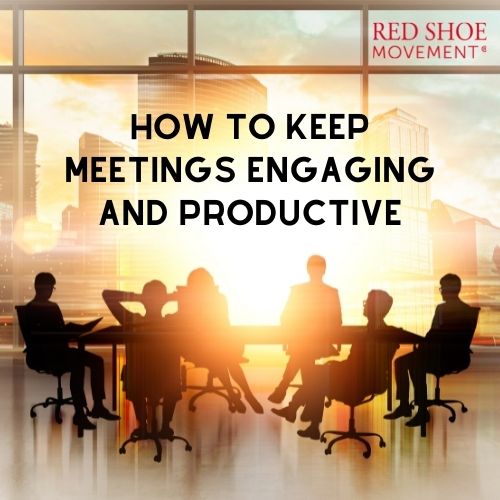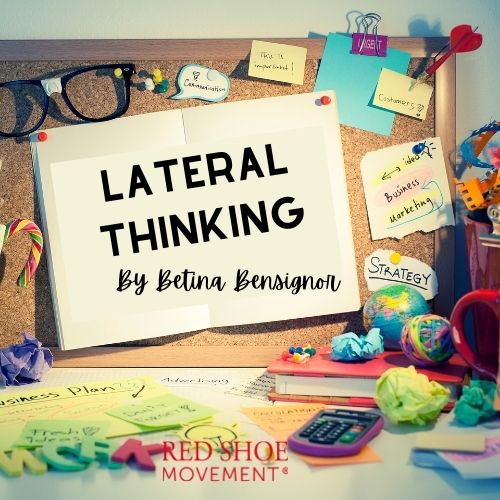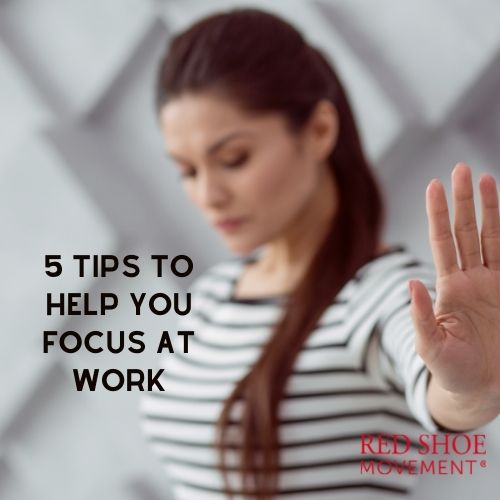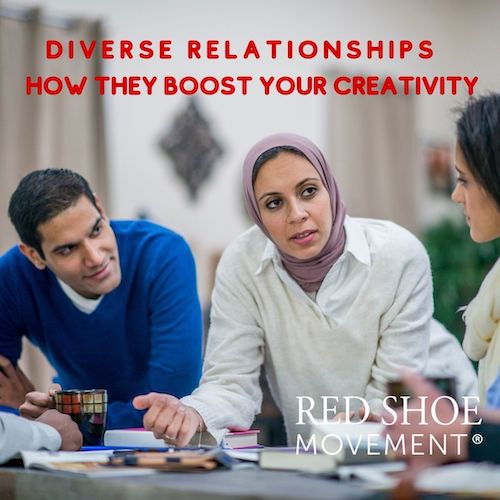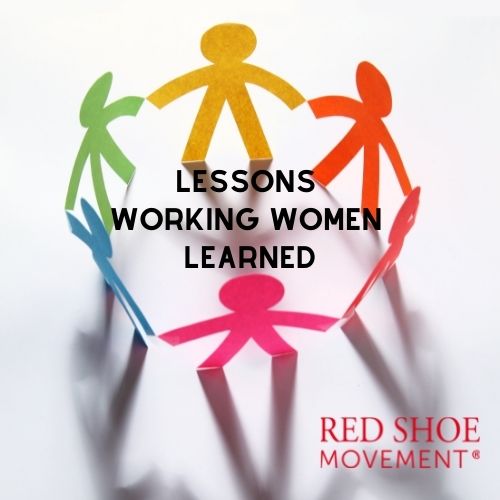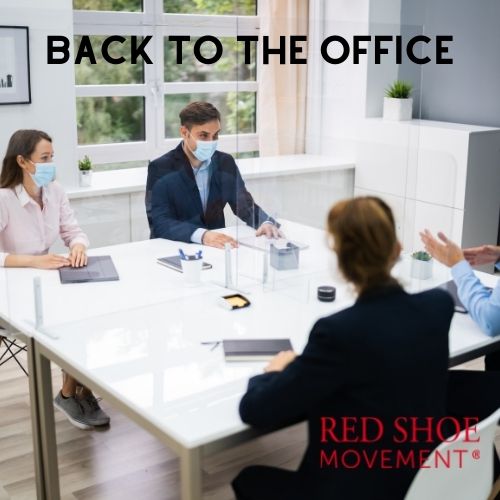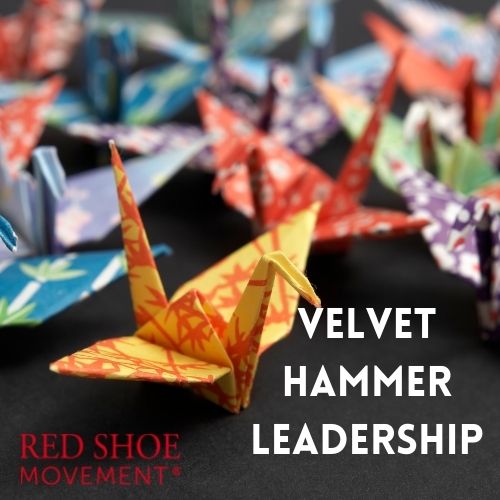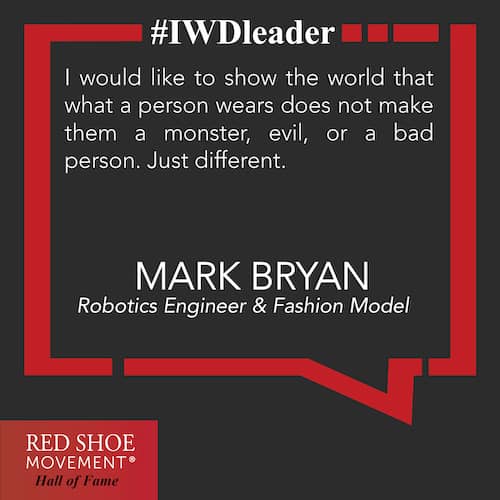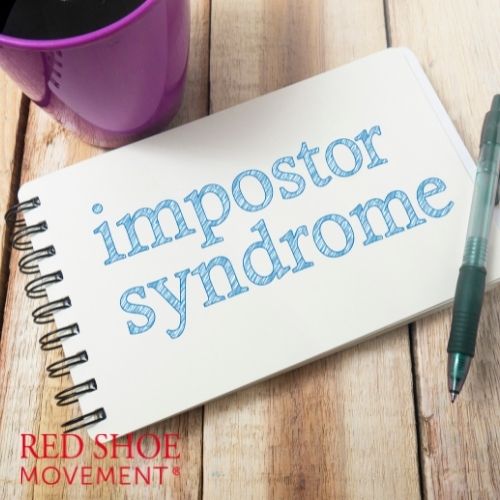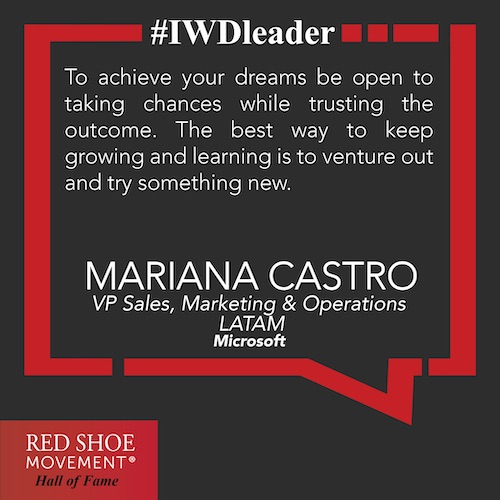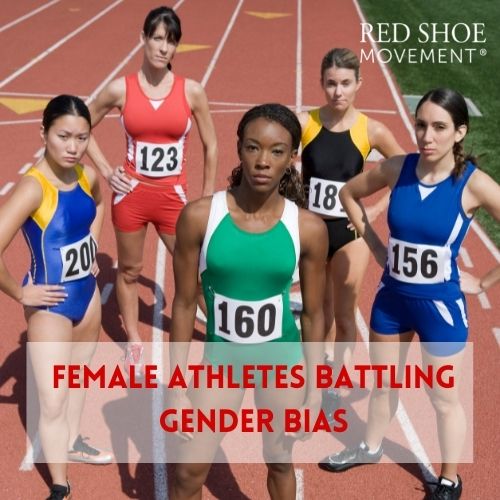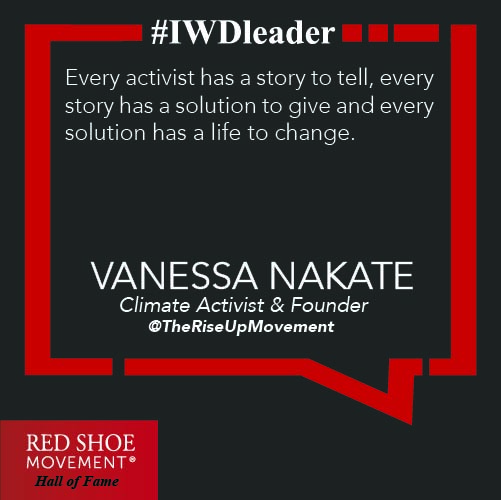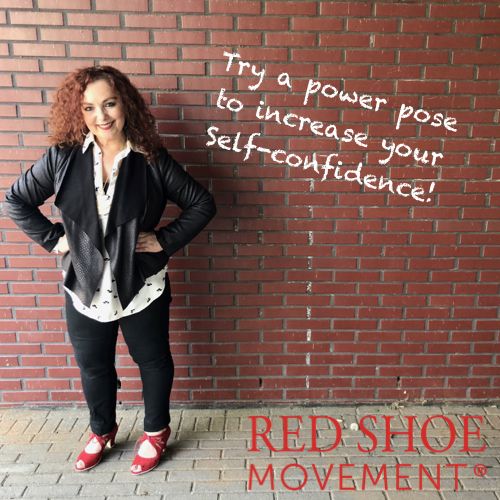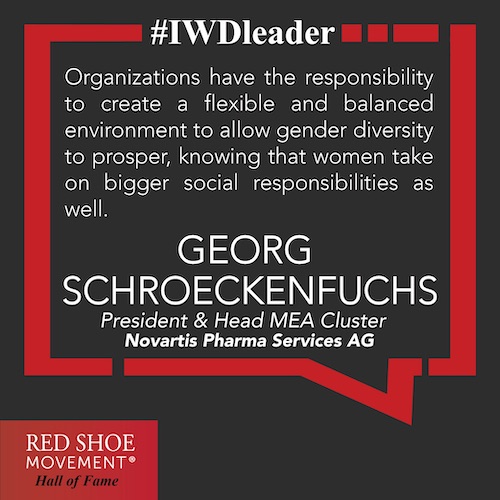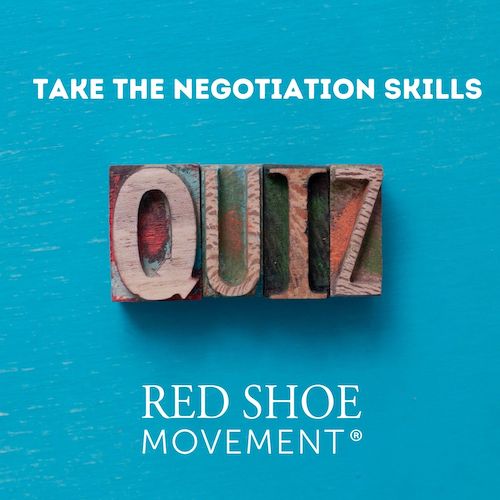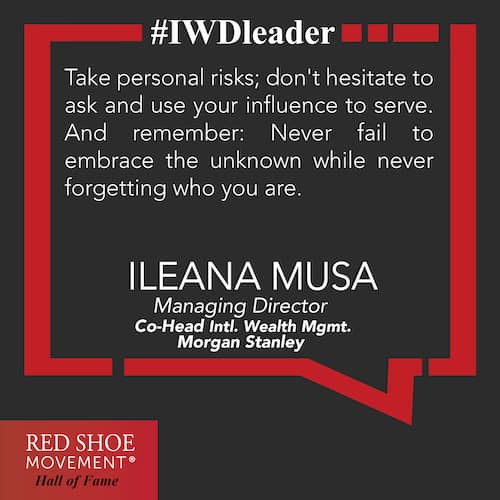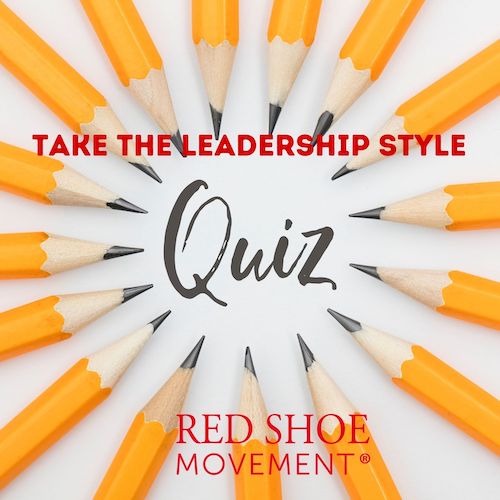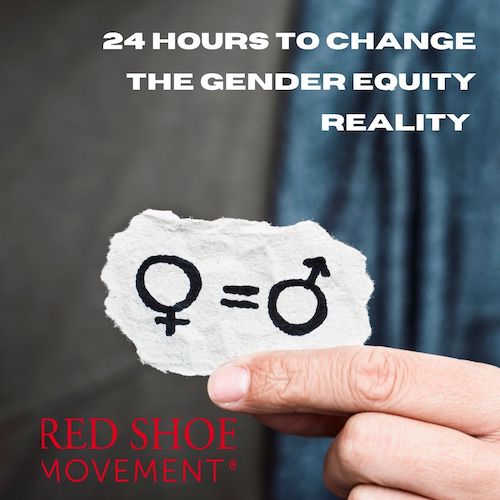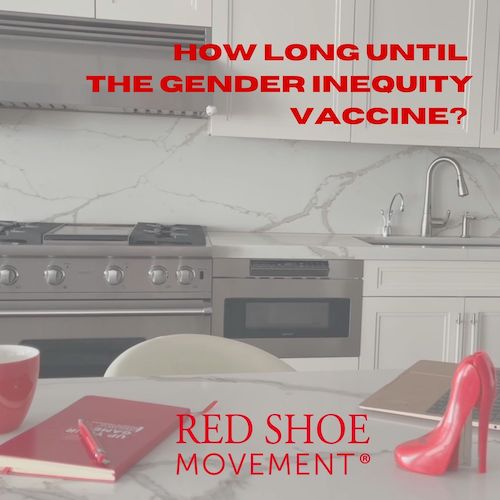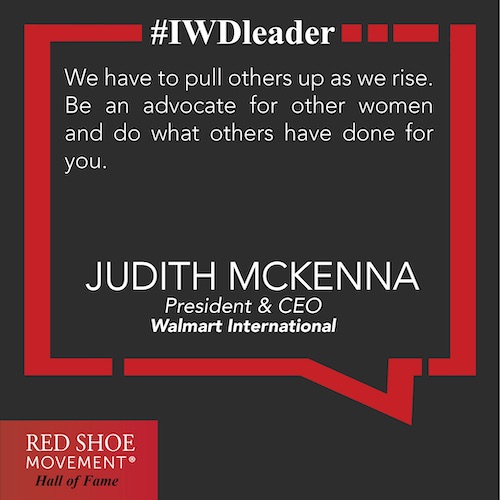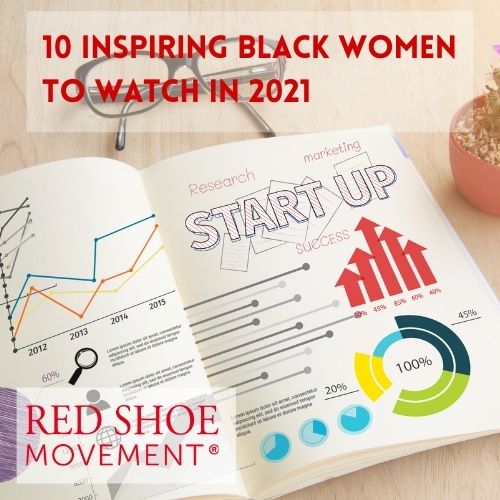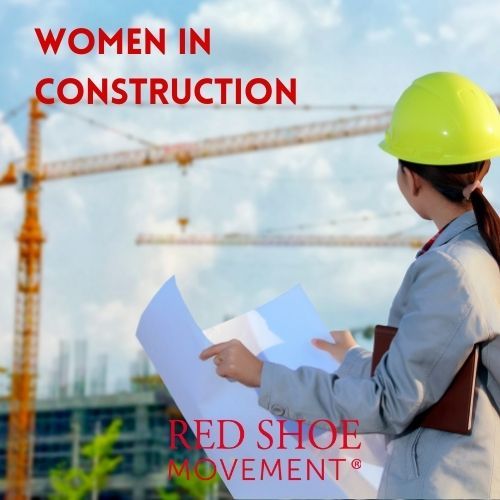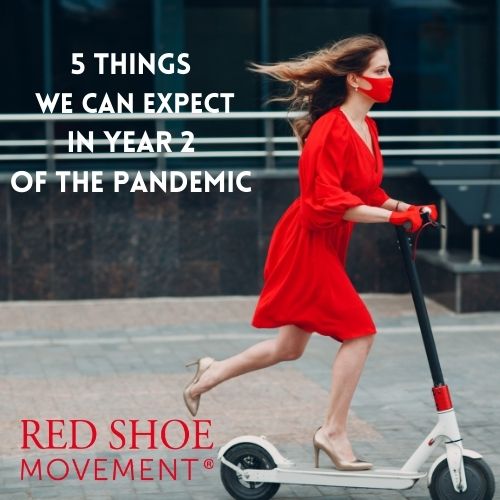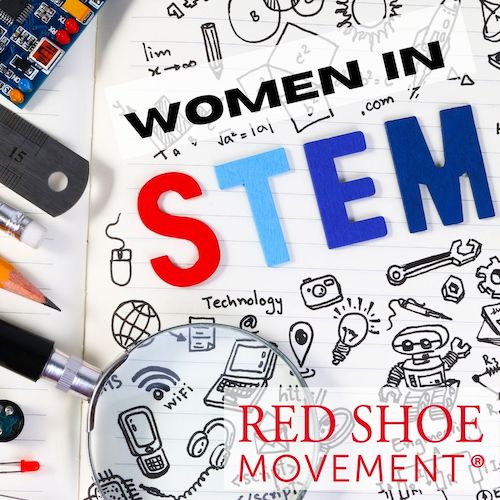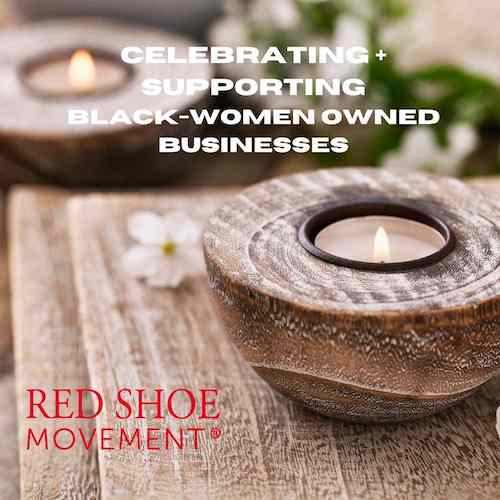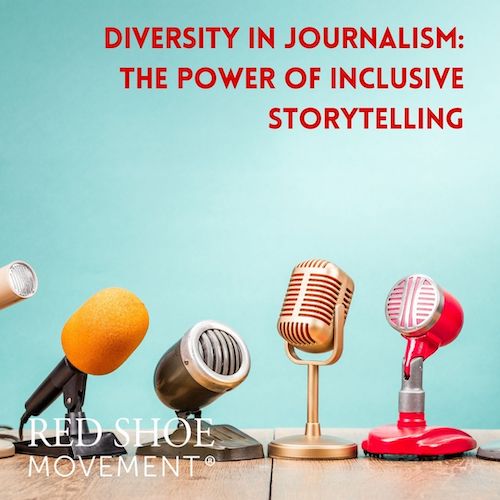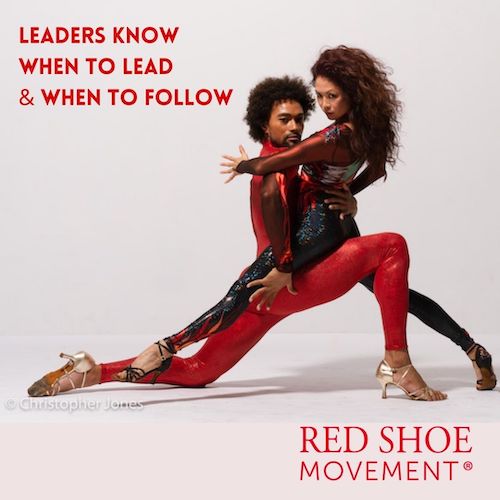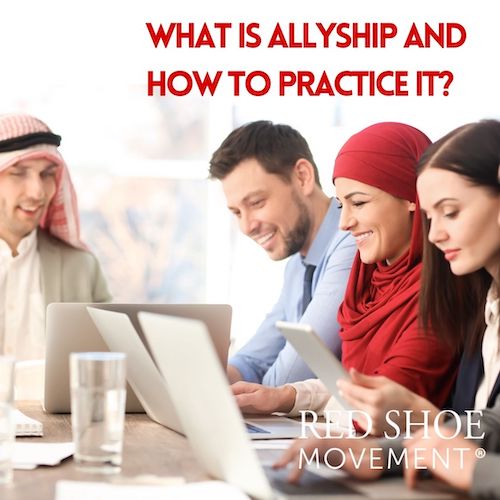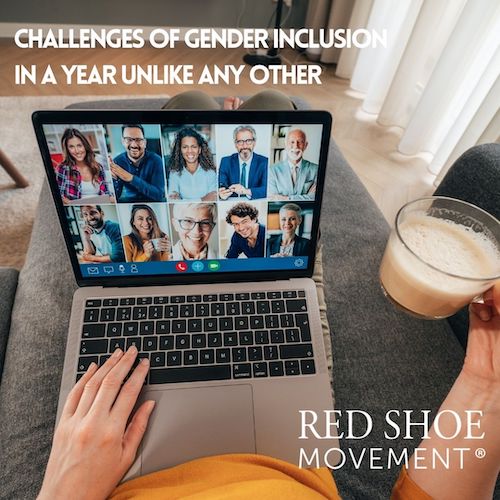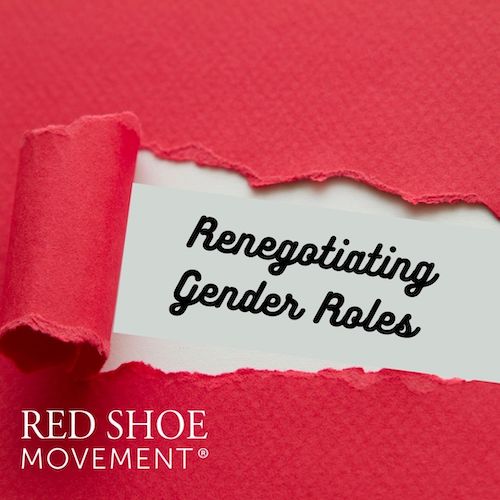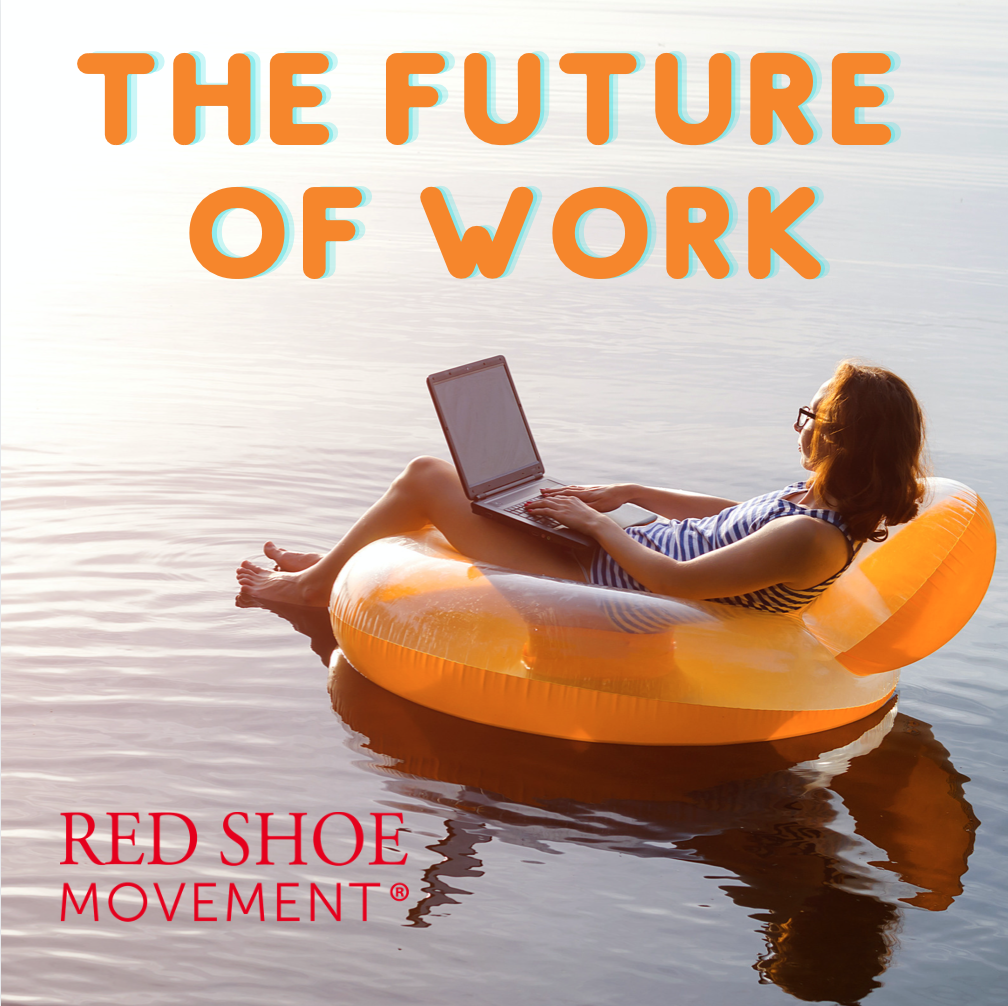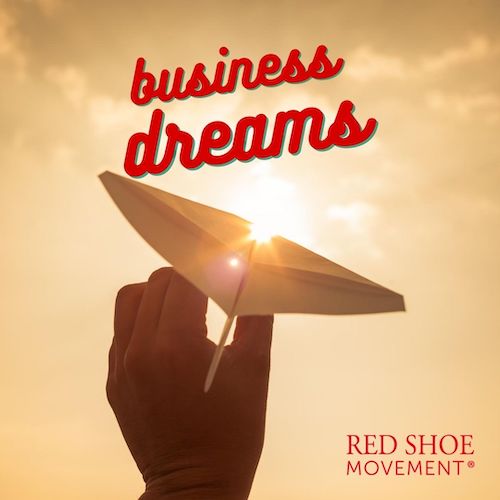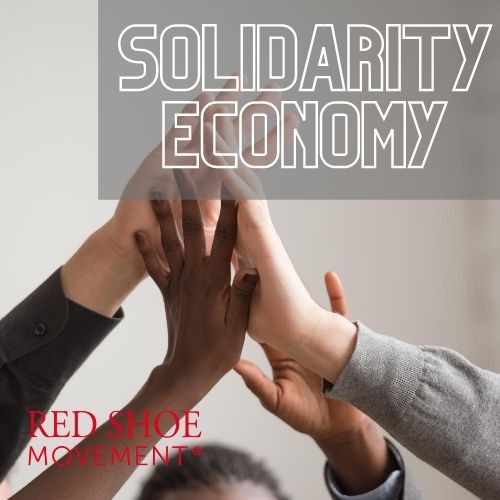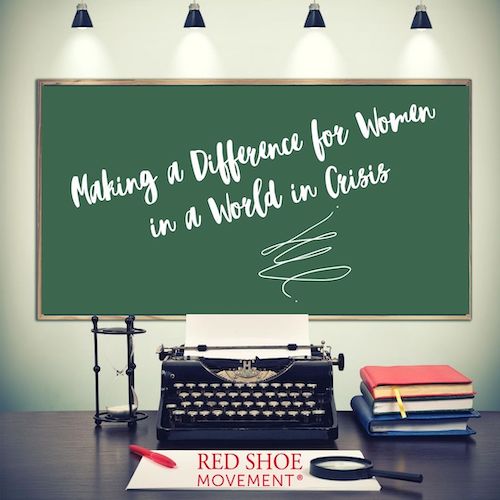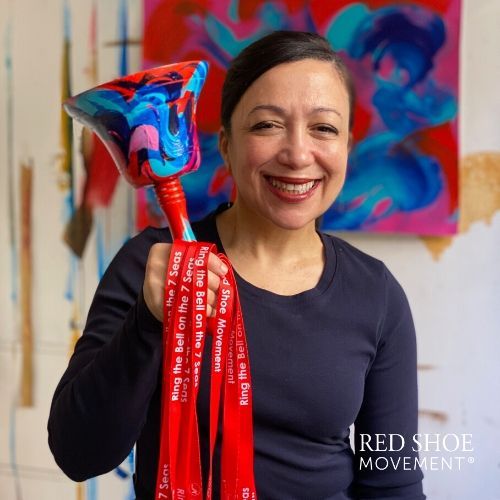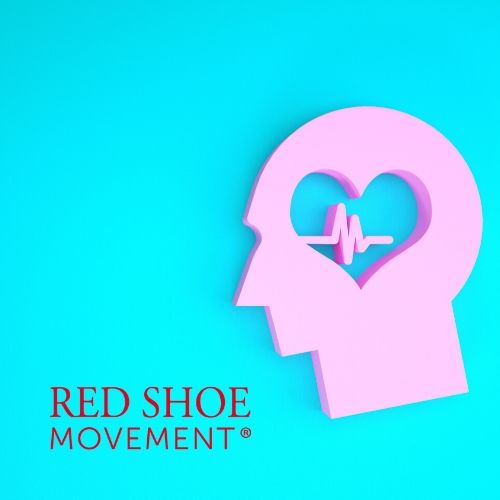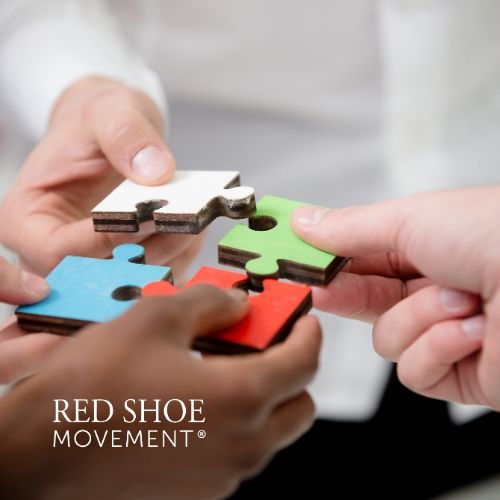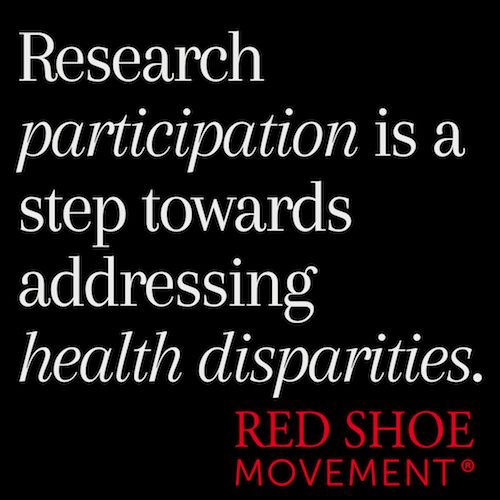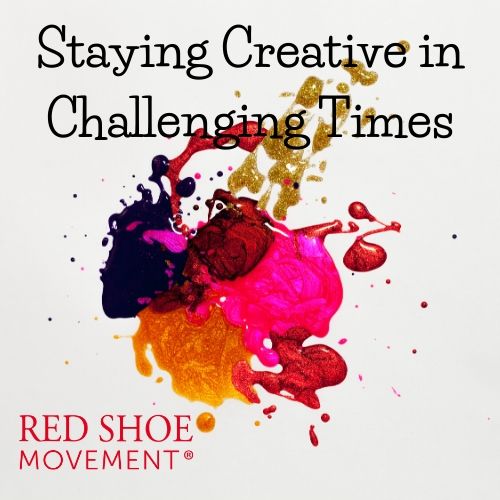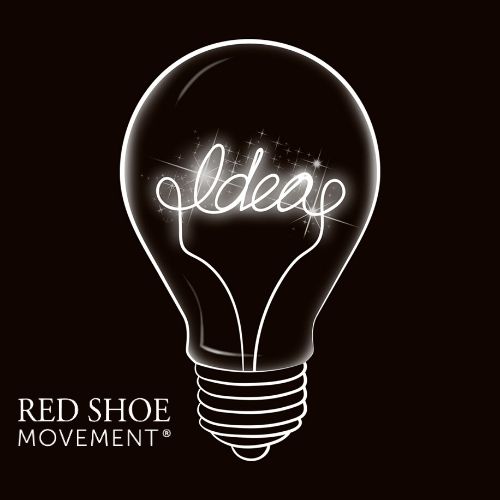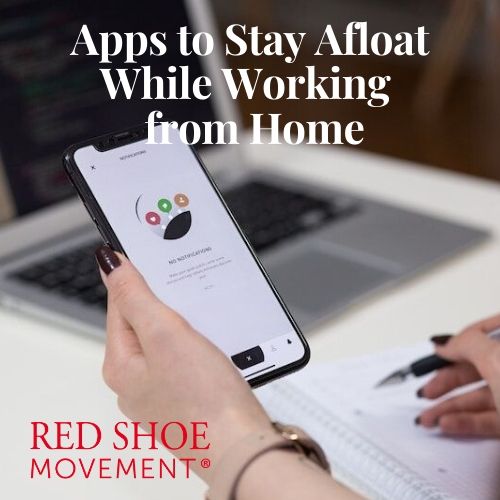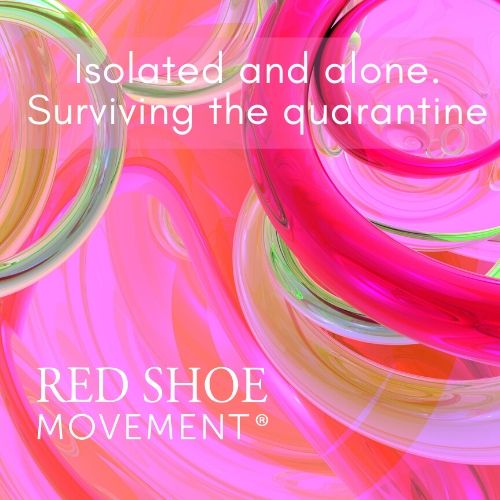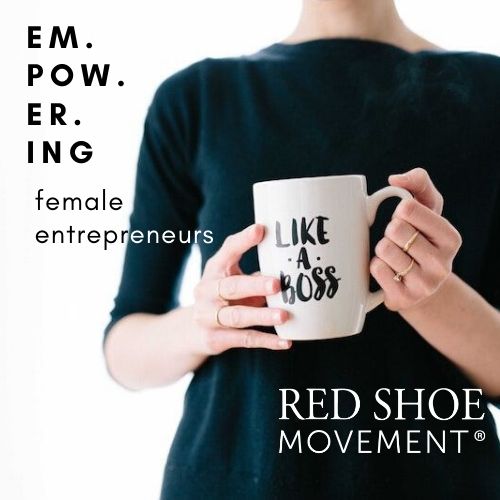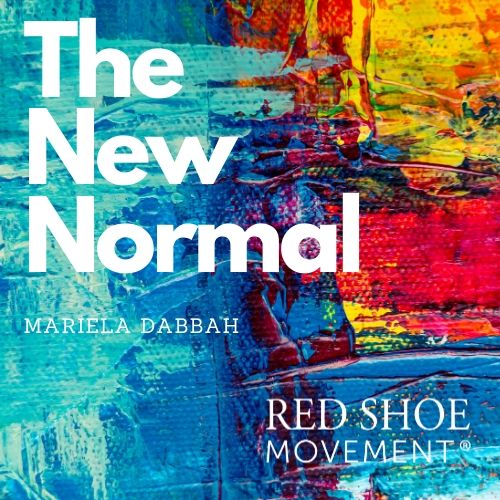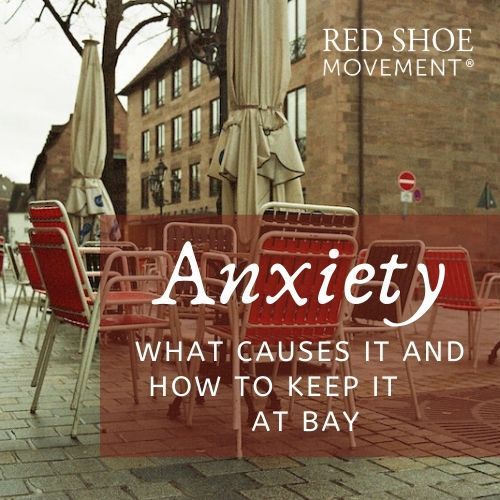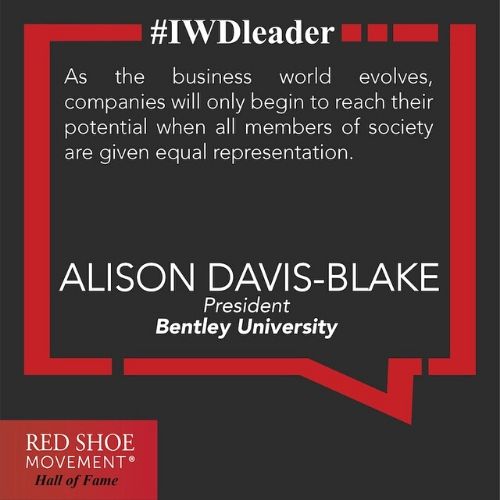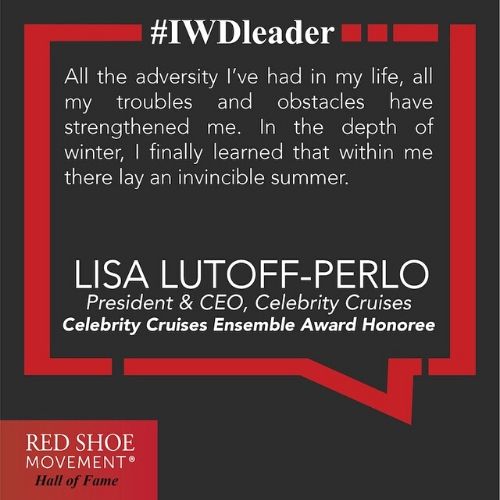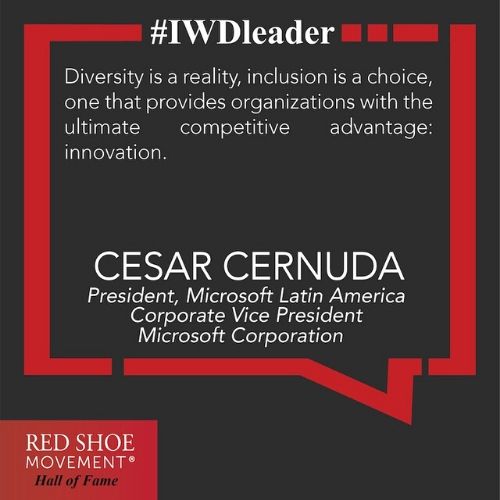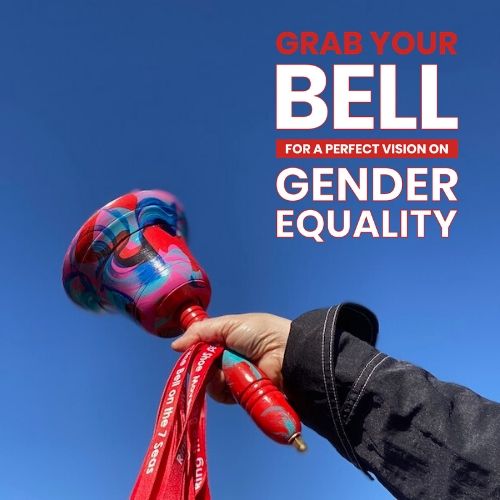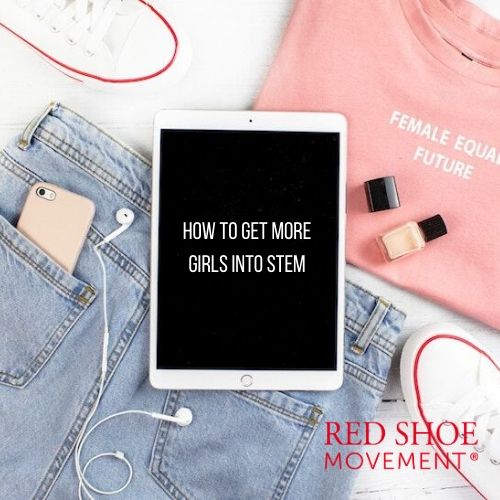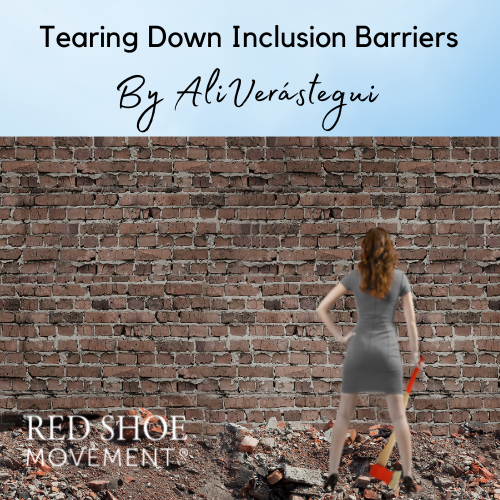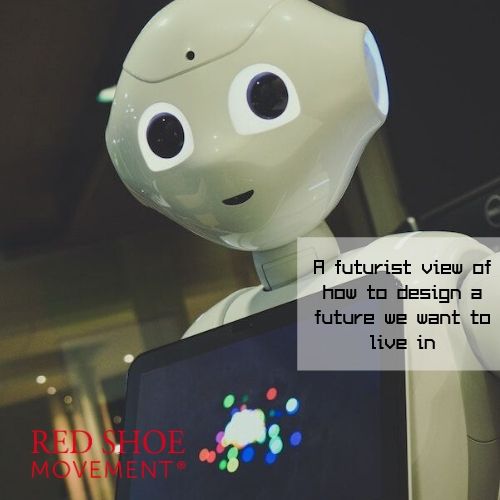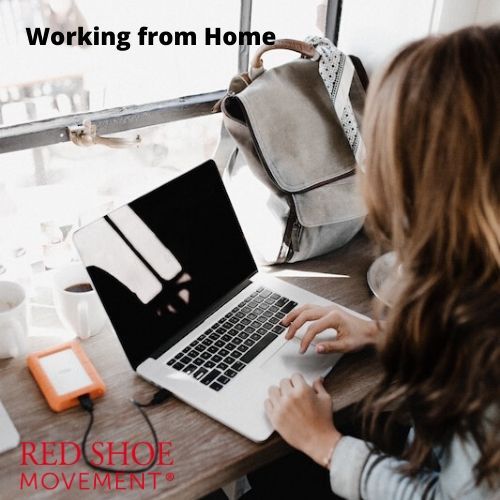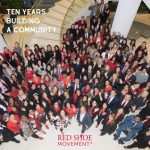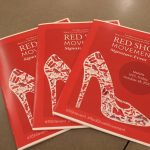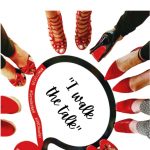The Circular Economy aims to keep materials in use for as long as possible, hoping to make a significant influence where waste and slowing climate change are concerned.
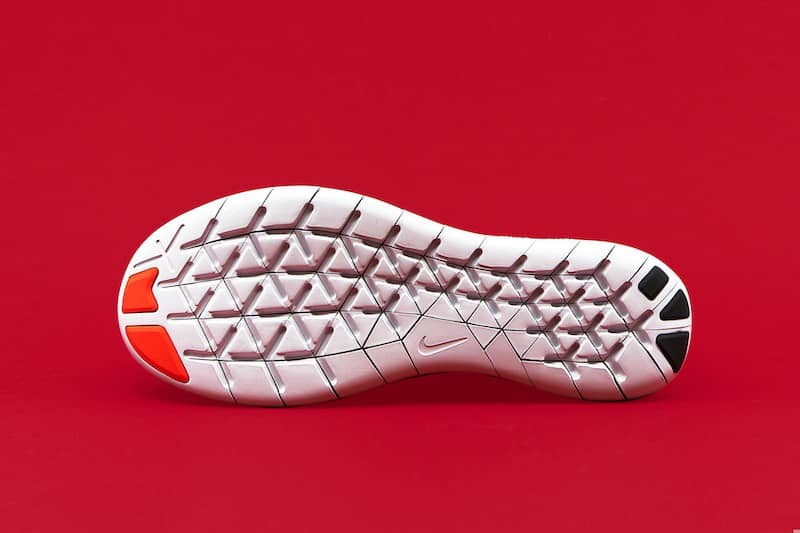
This can be especially important when it comes to dealing with things like shoe waste, which has a considerable impact on the environment and will only get worse as the industry continues to grow. FastFeetGrinded’s mission is to turn the footwear industry into a circular economy with the help of a unique recycling installation that allows them to deliver resources back to the market to create not just shoes, but other products like yoga mats, sport flooring, and children’s playgrounds.
Why Mental Health Programs Should Be a Priority
What is the Circular Economy?
Circular economy, unlike the traditional linear economy model which is based on taking, making, consuming, and throwing away, is based on adopting a model of production and consumption “based on sharing, leasing, reuse, repair, refurbishment, and recycling, in an (almost) closed loop, where products and the materials they contain are highly valued. In practice, it implies reducing waste to a minimum.” While linear economy relies on cheap, easily accessible materials and energy, circular economy focuses on extending the life cycle of products and creating further value by reusing them repeatedly.
In fact, a circular economy model has been embraced within the sustainable materials management (SMM) approach of the Environmental Protection Agency (EPA) and other federal agencies in the United States since 2009. This approach, according to EPA, demonstrates continuity in their emphasis “on reducing negative lifecycle impacts of materials, including climate impacts, reducing the use of harmful materials, and decoupling material use from economic growth and meeting society’s needs.”
According to EPA, when designed in thoughtful and inclusive ways, circular economy can protect the environment, improve economics, and boost social justice. Furthermore, EPA’s circular economy initiative aims to provide safe jobs and healthy communities; especially improving the quality of life of the low-income communities that have been forced to deal with the negative impact of landfills and manufacturing and processing facilities of a linear economy.
Bringing Women into Construction
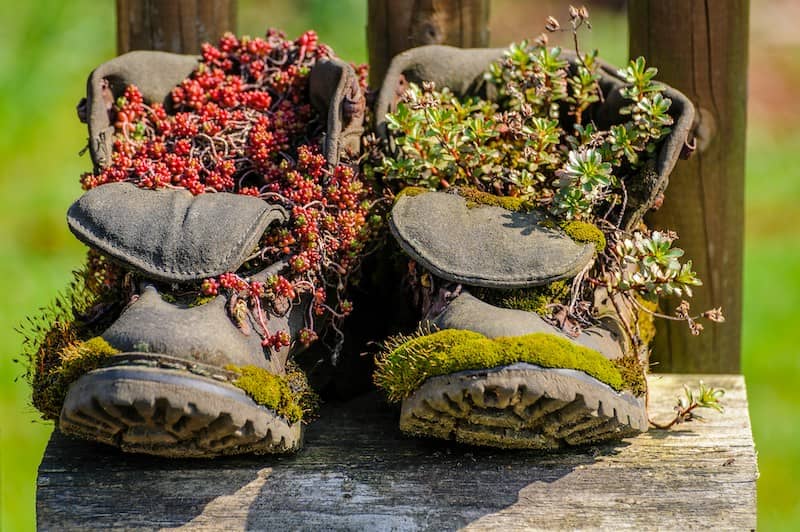
Why Make Footwear a Circular Economy?
The global footwear industry manufactured more than 50 billion shoes in 2022 and, according to experts, will be worth more than 95 billion dollars by 2025. This manufacture process alone, however, is responsible for 1.4% of GHG emissions in the world. And 95% of the 300 million pairs of shoes that are thrown away every year in the United States will be incinerated or wind up in landfills, where depending on the materials used to make them, they can take anywhere between 25 to 1,000 years to biodegrade.
The option of fully recycling old shoes hasn’t always been available. There are initiatives that keep usable shoes out of landfills and incinerators by redistributing them to people in need and campaigns urging people to repair, reuse and resell their shoes before throwing them out are becoming more popular every day. But FastFeetGrinded has developed technology that’s unlike any of the other green options, allowing them to take those shoes and deconstruct them into materials that can be reused in different ways.
Should You Have A More Gen Z Outlook On Life?
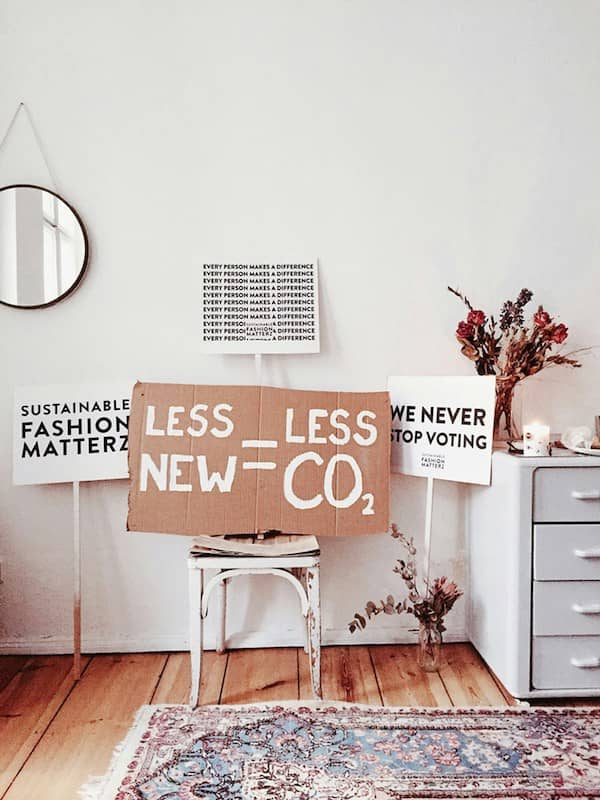
How Does FastFeetGrinded’s Work?
FastFeetGrinded aims to change the international shoe industry into a circular economy through what they describe as “their magic.” This magic comes from their development of the world’s first shoe recycling installation, which pulverizes and separates all types of footwear. The main sources they treat include old shoes that can no longer be worn, unused materials and leftovers from the production process, and sample shoes that were never meant to be sold.
Danny Pormes and Erna Pormes-Redecker founded FastFeetGrinded in 2017, only a year after coming up with the idea while working as suppliers to the Ministry of Defense. The Netherlands-based company’s recycle installation allows them to recycle all footwear fully, delivering raw clean materials like rubber, foam, fluff, textile fibers, and leather back to the market. These resources are then used again by FastFeetGrinded’s network of partners (which include brands like ASICS and Adidas) to create products like yoga mats, fitness tiles, midsoles, flipflops, yarn for shoelaces, outsoles, sport flooring, children’s playgrounds, picnic tables, and point of sale materials like shelf talkers and product displays.
The company wants to make it easy for everyone to access their circular economy-boosting magic by partnering with many shoe suppliers around the world. This helps people recycle their old shoes instead of just throwing them away. Through their partnerships, FFG has established recycle points in the Netherlands, Germany, Switzerland, Belgium, Austria, Czech Republic, Denmark, Ireland, Italy, Japan, Poland, and Portugal. In the United States, you can find where to recycle your old shoes through ASICS US.



